What 300 Can Teach Us about Storytelling by Diane Gaston Perkins
 In its opening weekend, the movie 300 earned a whopping $70.9 million, the best March opening ever. I did my part! In fact, I’ve seen 300 three times now. I LOVED THIS MOVIE. It is no secret that I’m a card-carrying Gerard Butler fan, so I was primed to love the movie, but even I was surprised it was as good as it was.
In its opening weekend, the movie 300 earned a whopping $70.9 million, the best March opening ever. I did my part! In fact, I’ve seen 300 three times now. I LOVED THIS MOVIE. It is no secret that I’m a card-carrying Gerard Butler fan, so I was primed to love the movie, but even I was surprised it was as good as it was.For those who may not know, 300 is based on a graphic novel by Frank Miller. It tells the story of the Battle of Thermopylae in 480 BC, when 300 Spartans sacrificed their lives battling the largest Persian army ever assembled. This battle is considered a pivotal event in history preserving Western Civilization. The movie was filmed against a blue screen; the setting and special effects were computer generated, making it a whole new movie-going experience.

The movie is visually stunning and the performances are superb. I was totally sucked in to the world that was created. What was it about this movie that worked so well for me?

Anyone who has seen photos like this one cannot deny the appeal of all those fantastic male physiques. Gerard Butler is truly magnificent looking. But, at least for me, the actors quickly became Spartan soldiers and I forgot it was Gerry Butler and felt like I was watching King Leonidas.

But what can I learn about storytelling from 300?
1. Have something HUGE at stake. In 300, what is at stake is Greek freedom from the Persians. History tells us that perhaps the whole of Western Civilization was in the hands of the brave 300.

2. Have strong universal themes. In 300, it is very clear to me that the themes are of honor and sacrifice, to do what is right no matter what the cost. As Leonidas said, “Spartans never retreat. Spartans never surrender. Spartans die.”

3. Also have something at stake that is more personal, more human. The movie makers used the strong love between Leonidas and his wife, Gorgo, in this way. In part, you know that each are fighting for the survival of the other.

4. Make your love scene count for something more than a love scene. Too often we read love scenes that are just kinda stuck in a story, but in 300, it is as Leonidas comes to bed with his wife that he makes his decision of whether to fight or not. Gorgo asks him, “Ask yourself, my dearest love, what would a free man do?”

5. Have a worthy villain. The comic-book version of Xerxes, as all good comic books do, is an over-the-top, fantasy character who is deliciously sinister and seductively tempting. Add that he commands a million soldiers, he seems more than a worthy adversary to King Leonidas, who looks as invincible as a man can look.

6. Make every minor character as vivid as you can. One of the things that so impressed me about 300 was how the movie makers, in very light strokes--a few scenes, a bit of dialogue--made us care about the Spartan soldiers, made us boo Xerxes minions.

7. Create images that are memorable. The movie makers did this with their computer images, but as writers, we do this with our words. We ought to use language that creates vivid images; create lines that readers will remember.

I said this same thing after watching Phantom of the Opera--maybe there is more to learn from the movie than I’ve noticed so far. Maybe I should go see it again. Anybody want to go with me? Let’s go to an IMAX theater this time!
Did you see 300? Not everyone gushes about it as I do. What did you think?
What elements of storytelling do you think are important?
Cheers!
Diane-who-is-counting-her-pennies-to-see-if-she-has-enough-for-the-matinee
This blog is also posted at Warner Women
Labels: 300, Diane Gaston, Diane Perkins, Gerard Butler, Storytelling



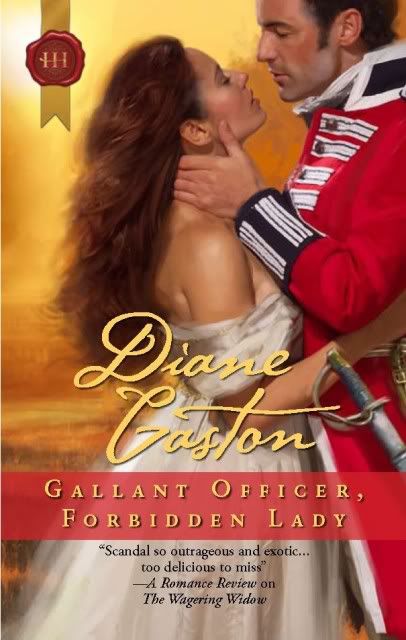





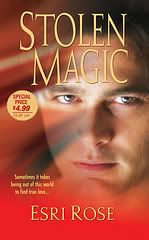
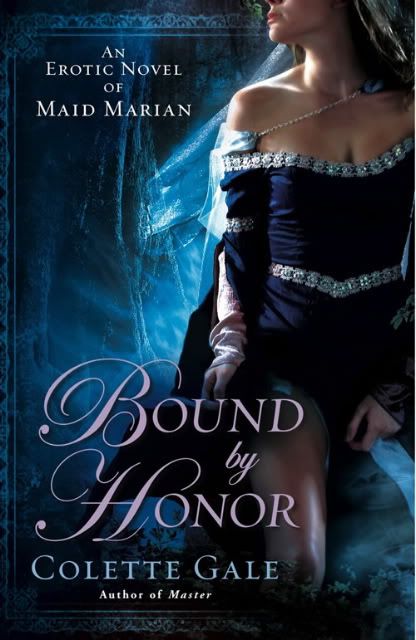
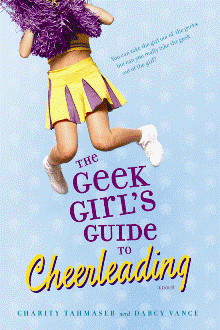
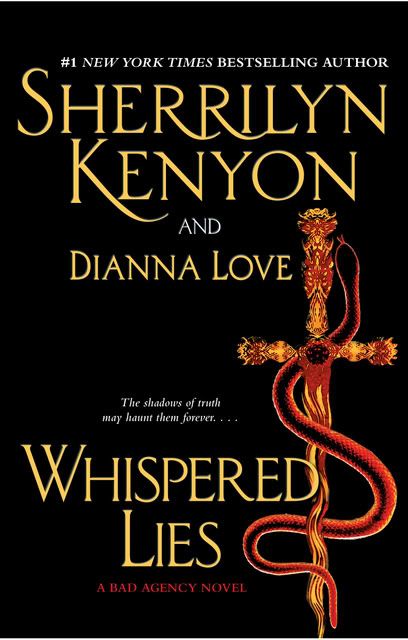
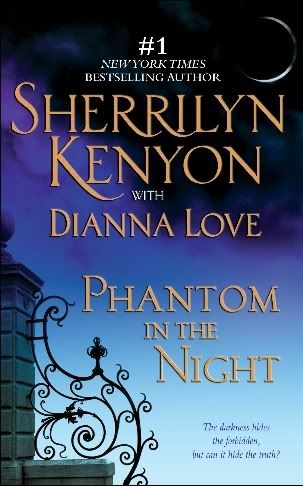














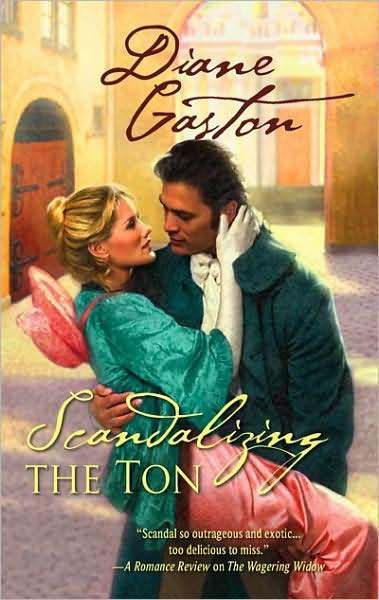


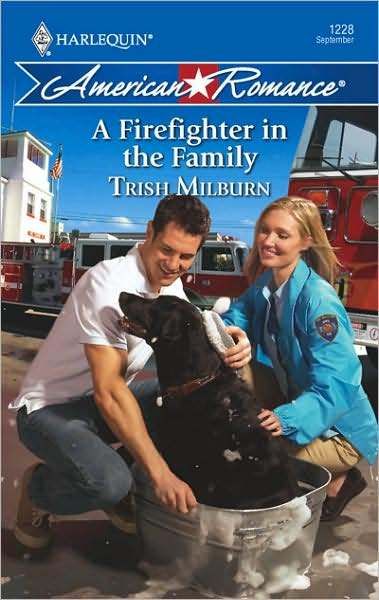
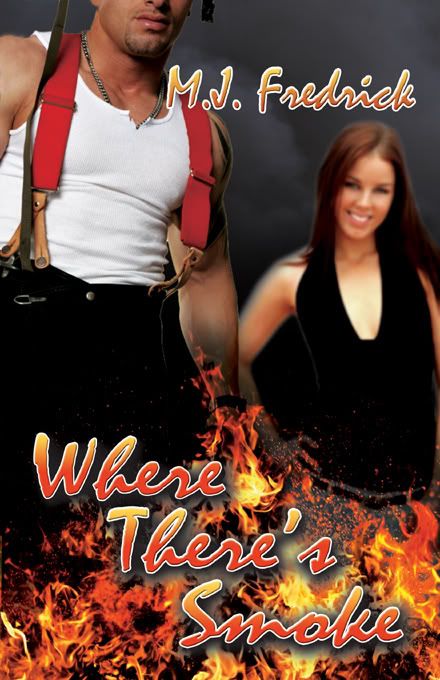
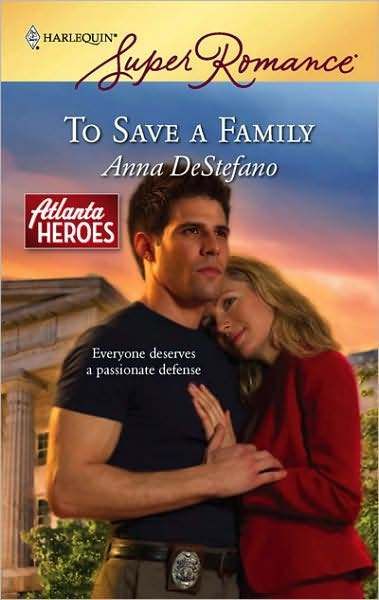










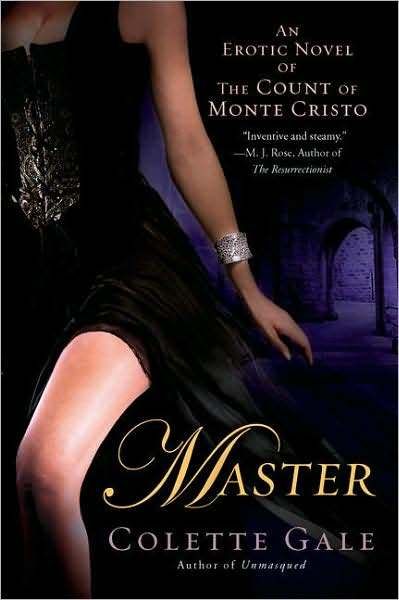






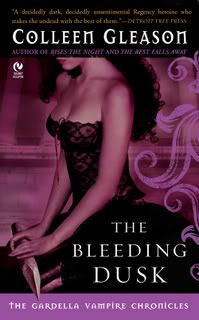


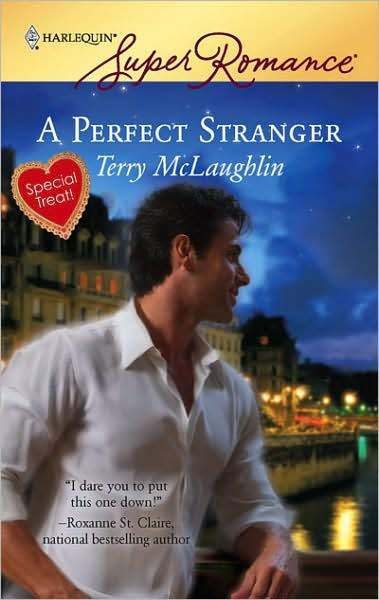




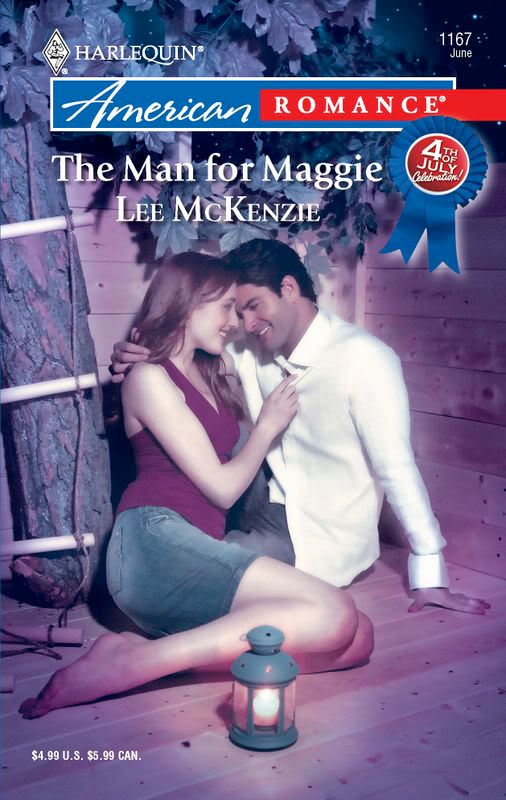


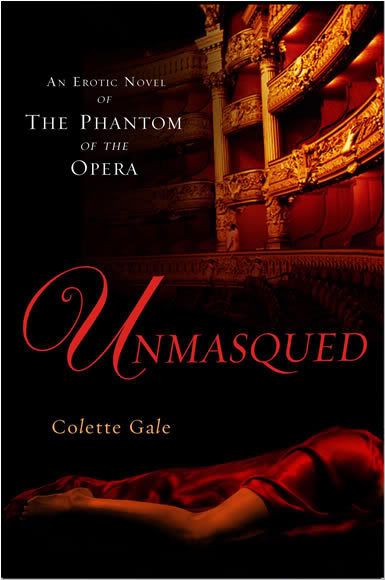
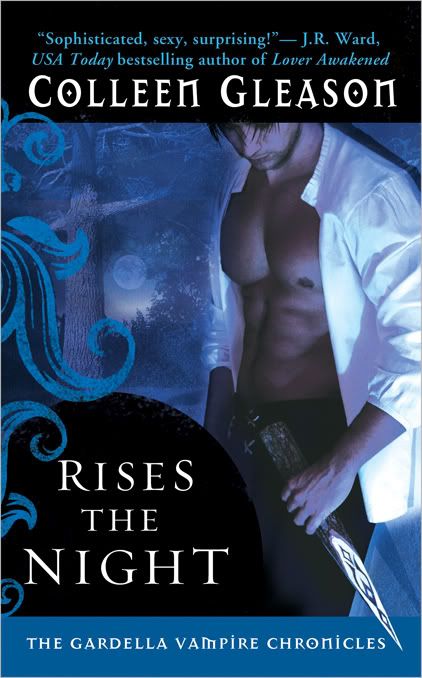
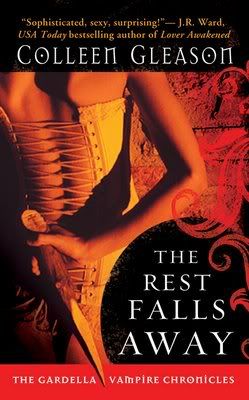
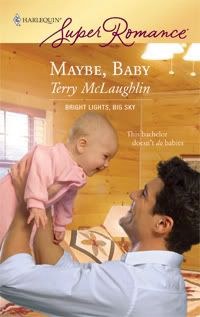
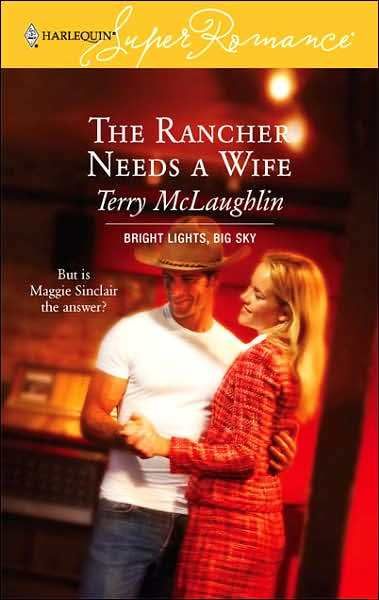

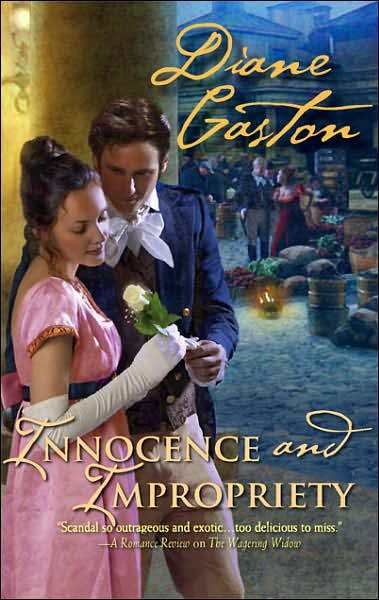

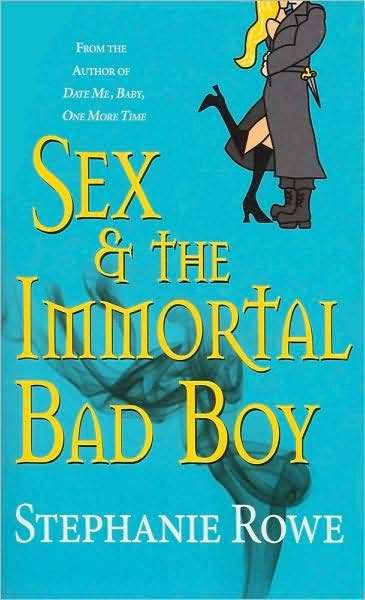
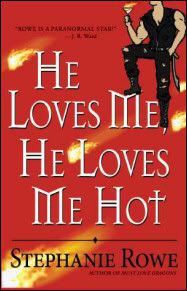



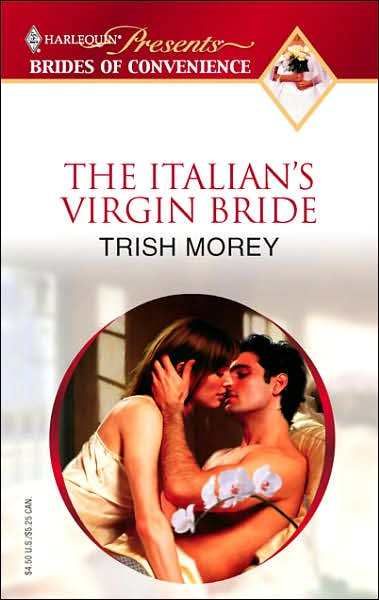



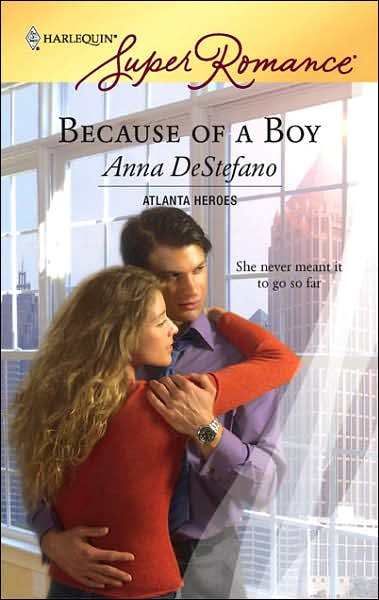

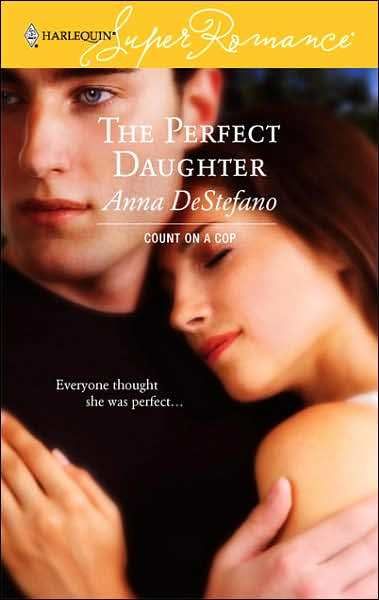



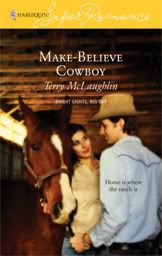

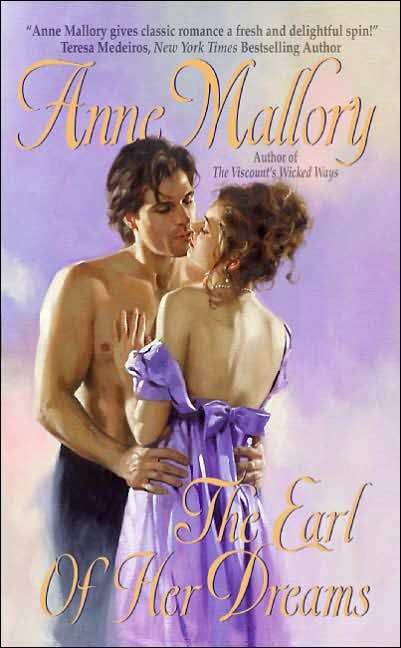
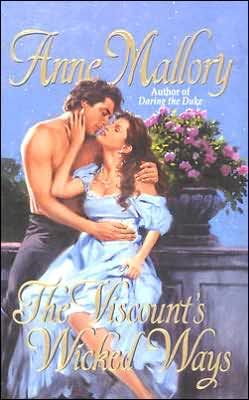

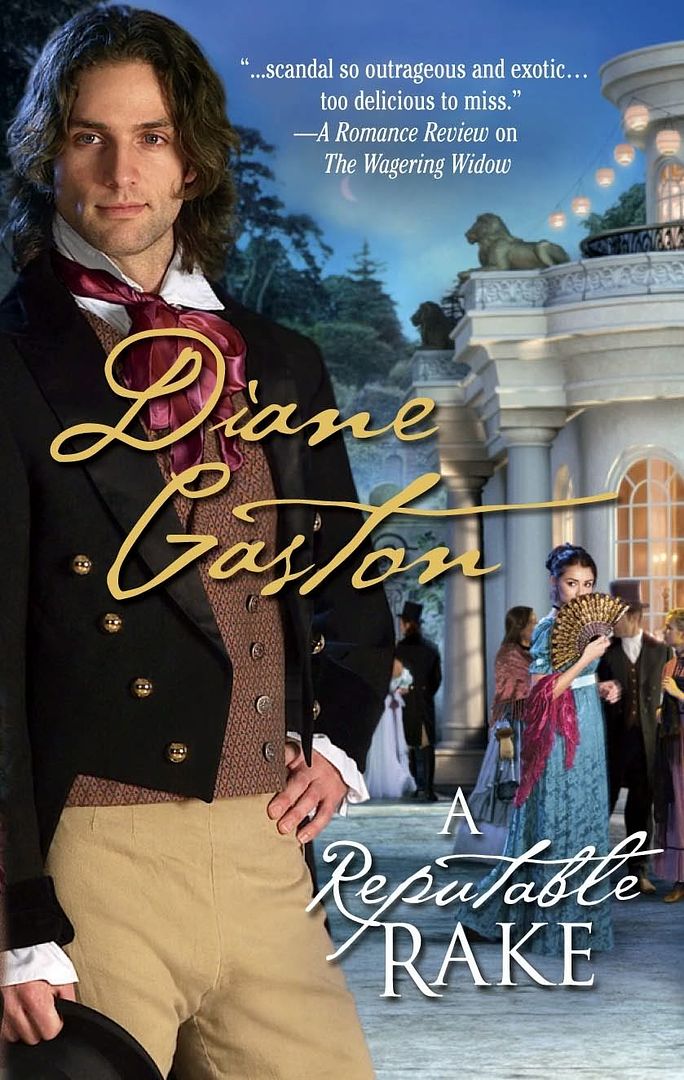

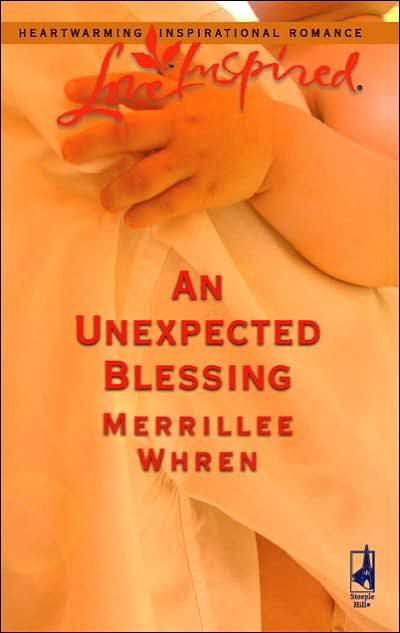

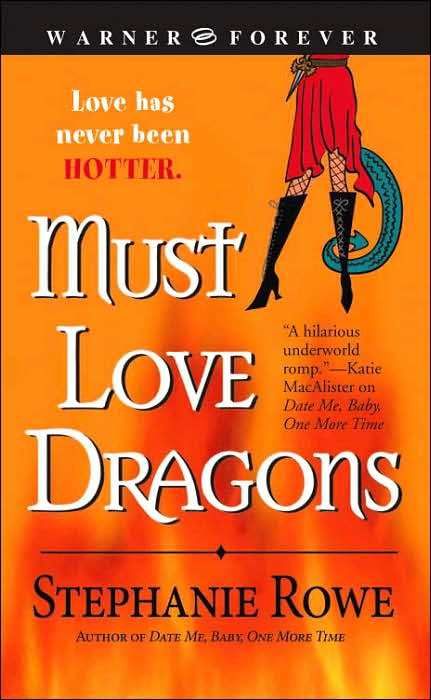
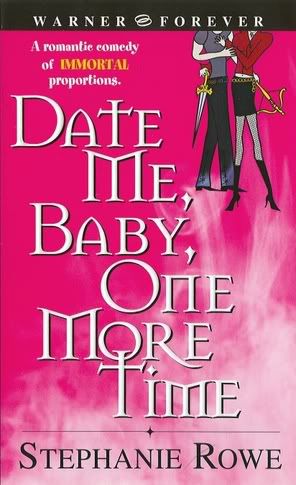

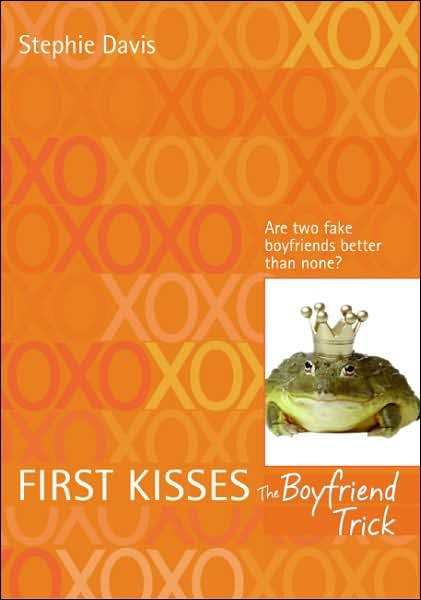
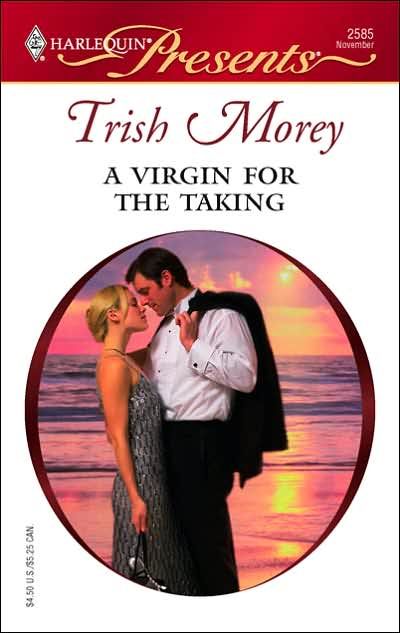
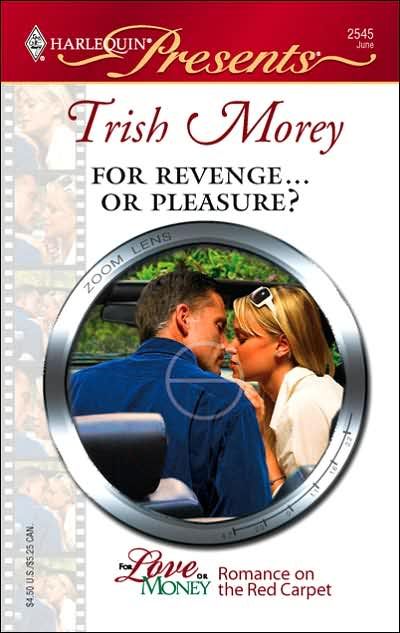
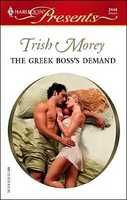



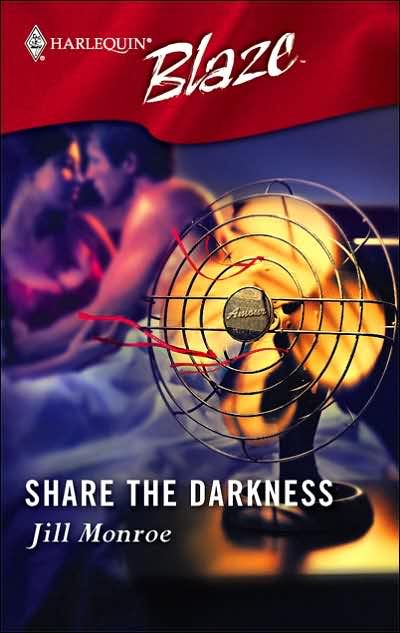







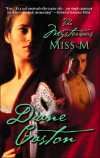







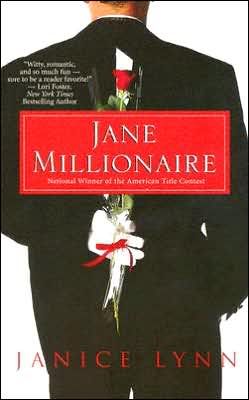


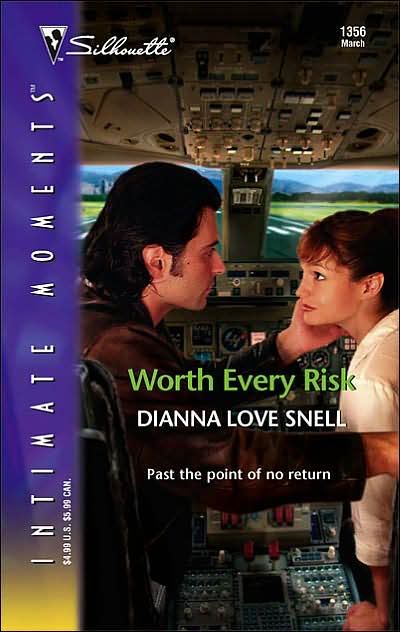

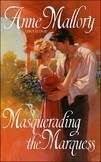
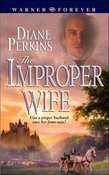

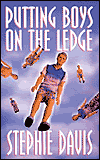


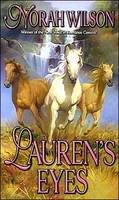

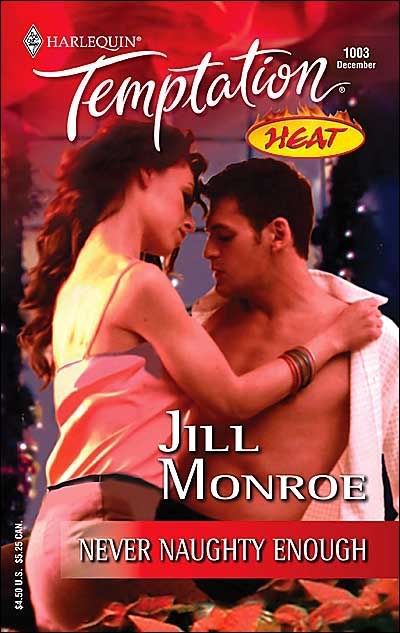





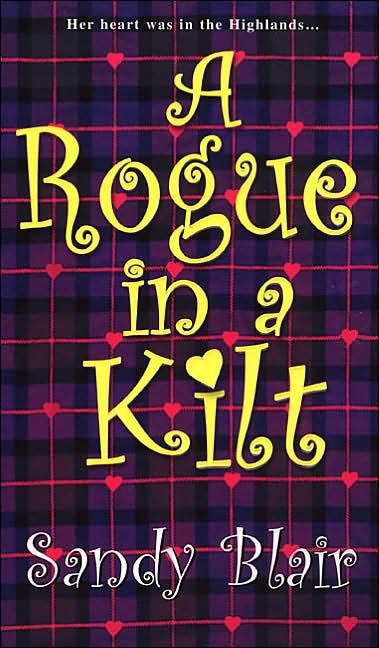

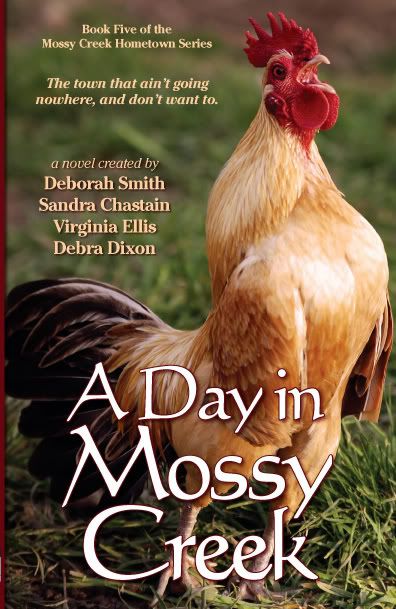

7 Comments:
I want to go with you, Diane! I can't wait to see this movie. Did you see the 2 hour episode on the Spartans on the History Channel? My boys saw the movie twice already and they loved it! I can't go this weekend...I don't know when I'll get a chance to go!!! But I will. I love that they treated women as equals. They had the right idea.
I did see the History channel special and appreciated getting a better history of the event.
Hope you get to go soon. It really needs to be seen on the big screen.
(my son thought it was slow...slow???)
D
Just so you know, this wasn't the first movie to be filmed entirely against a blue screen. "Sky Captain and the World of Tomorrow" was.
Just so you know, this wasn't the first movie to be filmed entirely against a blue screen. "Sky Captain and the World of Tomorrow" was.
Interesting that I have not read this fact in connection with 300, although Sin City, another Frank Miller graphic novel, is mentioned almost every time as being filmed against a green screen. I went and viewed the trailer for SCATWOT, and it looked as if the computer imaging was pretty impressive!
You know, I saw it but didn't love it. HOWEVER, your post made me see it in a different light.
Slow, though? Really? My son loved it.
Sky Captain was a fun movie.
I'm a sucker for soldiers who put their lives on the line. I'd love to write a Bernard Cornwell-type Napoleonic War story, except a romance.
I'm sure that is partly why I loved 300.
I loved the movie too. I'm tempted to go see it again at the IMAX. I wonder how different the experience would be.
Post a Comment
<< Home
Subscribe to Post Comments [Atom]